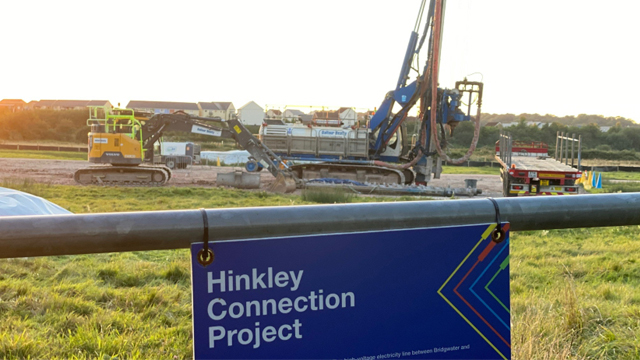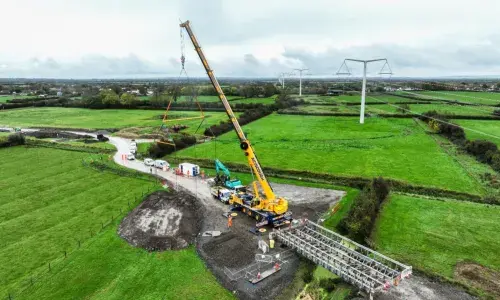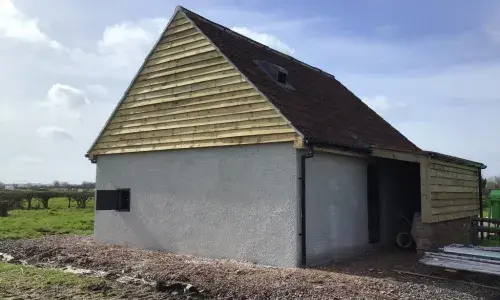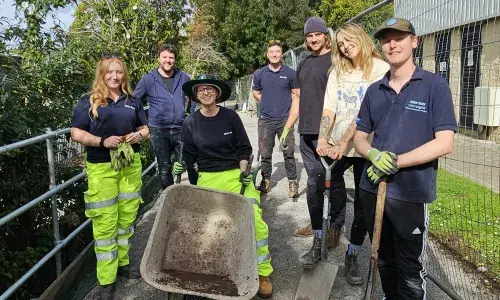
A fresh start in spring
Hinkley Connection Project team restart work at Portbury Wharf Nature Reserve
National Grid and Balfour Beatty engineers have scheduled their main construction activities to take place between April and September, protecting wintering birds and other wildlife.
We started working in the nature reserve in April 2020, modifying Western Power Distribution’s (WPD) electricity network to make way for the new 57 kilometre connection, which will carry low-carbon energy to six million homes across the country.
To date, the work there has involved removing WPD pylons and replacing them with new underground cables, to connect into WPD’s substation situated in the north corner of the reserve. To the east of this substation, our team has built cable ducts in preparation for pulling additional cables, allowing us to remove a further four pylons.
Our contractor, Balfour Beatty, has also prepared the work areas for the construction of two new T-pylons in the reserve itself, which shall form part of the new overhead connection between Bridgwater and Avonmouth.
Work between April and September 2022 will involve:
-
ecological surveys
-
clearing vegetation
-
finalising the underground cabling work
-
removing four WPD pylons to the east of the substation
-
piling and constructing foundations for two new T-pylons.
Our first construction activity is to widen sections of the existing construction road, to enable us to bring in the drums of underground cable and the piling rig, which we’ll use to build foundations for new T-pylons.
Piling involves driving concrete and steel piles into the ground. This work can cause a disturbance; we work with our contractors to limit this as much as possible and use the quietest rigs on the market – designed to minimise noise and vibrations.
The continuous flight auger (CFA) piling rig being used in the nature reserve is much quieter than the same sized driven rig and uses a corkscrew-shaped fitting to lift out the soil, while injecting concrete from the bottom. Each piling site takes about one week to complete and will only take place between 8am and 5pm, never at weekends. The piling and building the foundations of the two new T-pylons in the reserve is expected to be complete by early July.
Over the coming months, we shall erect and use scaffolding to create the sterile environment needed to connect the new underground cables to WPD’s existing electricity network.
Towards the latter part of our programme for this year, we’ll remove four WPD pylons to the east of the Portishead substation and start erecting the T-pylons.
Our team will return to the nature reserve in April 2023 to finish construction and hang wires on the unique structures. They shall also remove additional WPD pylons south and northeast of the substation. Reinstatement of the land will be completed in 2024.
Protecting local wildlife and habitats
To avoid disturbing wintering birds and other wildlife, we only work in the nature reserve in certain months. That is why we have been working in this area for a number of years.
Access to and through the reserve
Visitors will be able to access the reserve for the duration of our work. To keep everyone safe, we supervise construction vehicle movements, and there are construction crossing signs in place where our works cross Wharf Lane and the bridal path.



